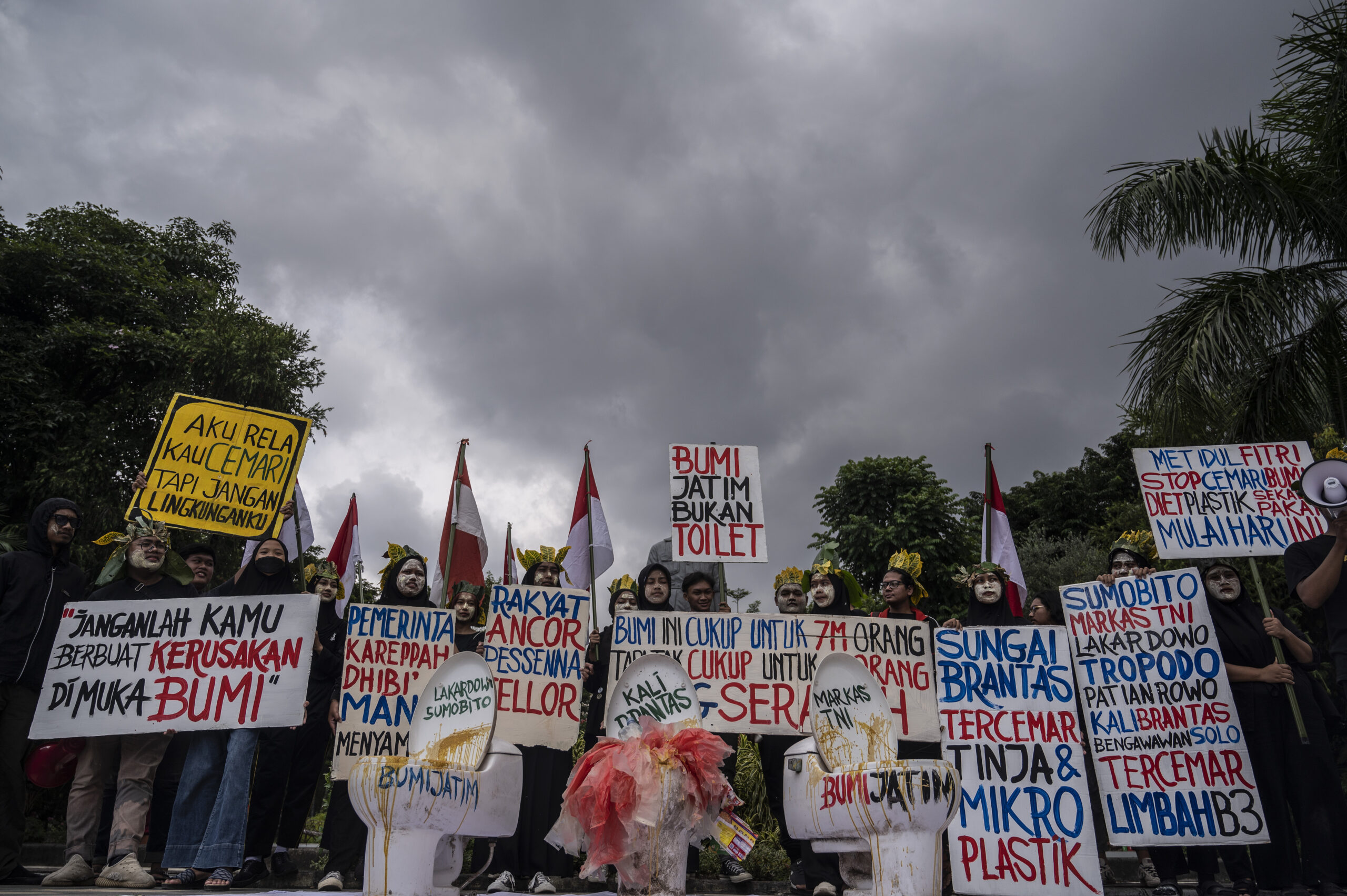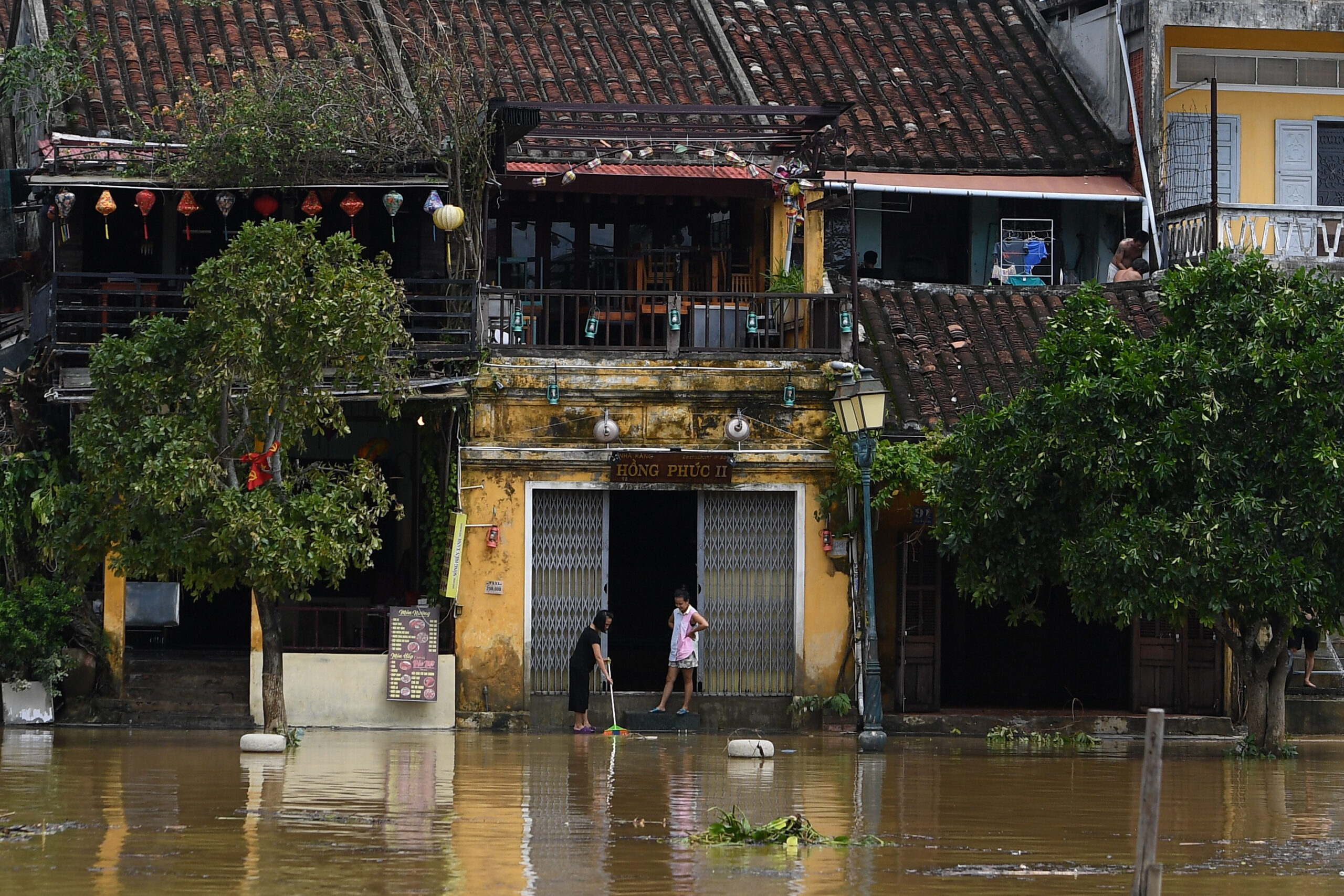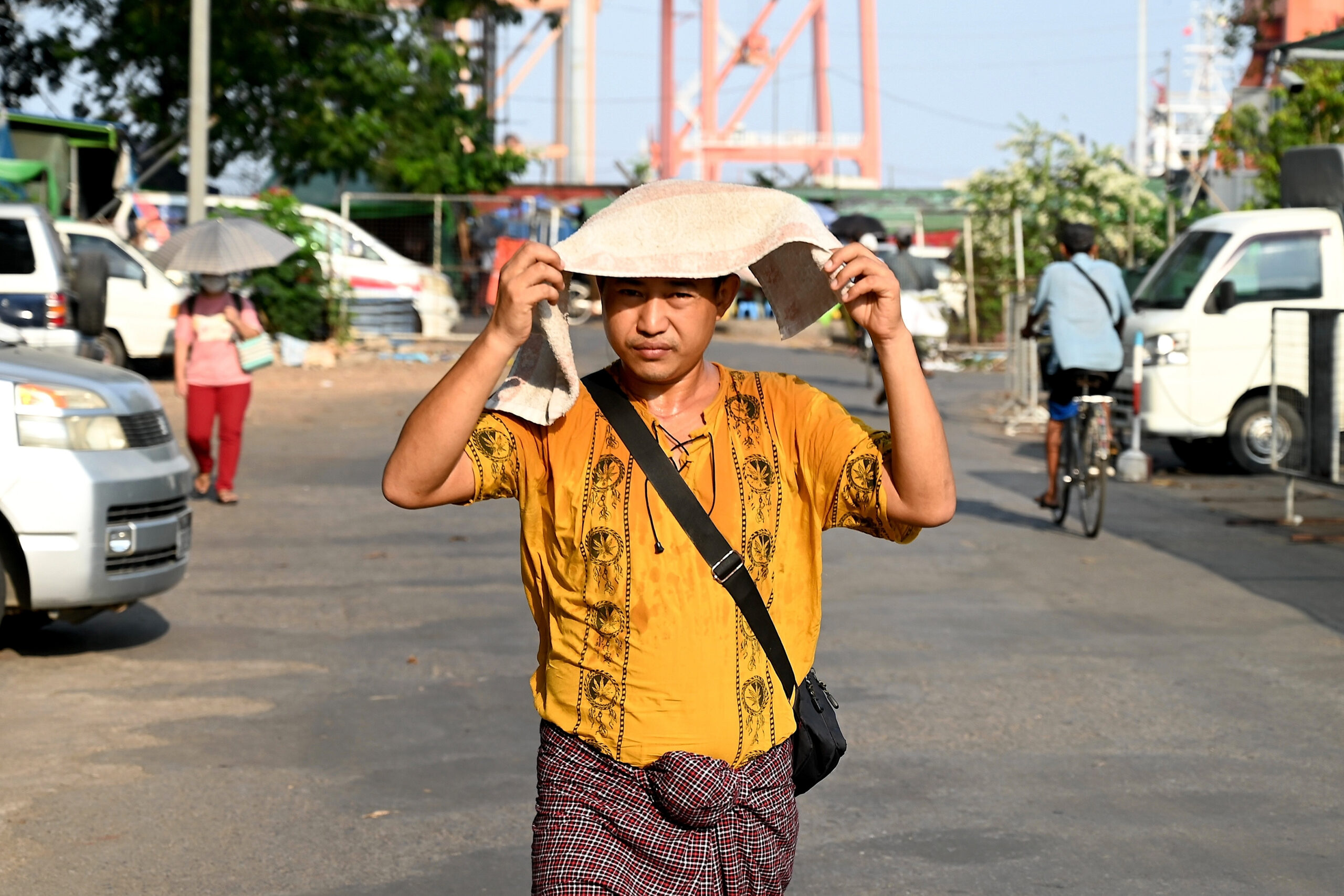Supposedly once-in-a-thousand-year weather disasters are now a frequent occurrence, triggered by human-caused climate change.
In Southeast Asia the quickly increasing risk profile calls for resilience building, not only to enable a return to how things were, but to prevent even bigger dangers. National-level policy in the region will need to devote a far higher share of investments to both mitigate climate change and adapt to it.
Singapore’s Green Plan 2030 is an example of seeing climate change as an existential threat and dedicating resources with a whole-of-government approach and anticipation toward climate and energy investment. As a living document that continues to evolve, the plan contains concrete steps to expand the coverage of trees and green spaces, cut solid and water wastage, expand public transportation, and most crucially, even if tough to achieve, switch from polluting fossil fuels to renewable, clean energy.
But far more effort is needed in Southeast Asia to create the necessary conditions for driving sustainable development. The nature of risk has shifted from extreme danger being rare to frequent. Accordingly, far greater emphasis needs to be placed on averting the worst impacts of floods and storms, droughts, and heatwaves. Such a shift is necessary but politically difficult because the rewards of green investments are not always visible immediately but accrue over time.

Southeast Asia under Severe Stress
As rising temperatures grip the world, Southeast Asia has recently seen record-breaking temperatures that are already inflicting a severe blow to lives and livelihoods. A 1% increase in temperature could raise food production costs as much as 0.8% in Southeast Asian economies, as evidenced by food price hikes in the Philippines, Thailand and Vietnam.
With its population of nearly 700 million people, our region is among the primary victims of global warming. Featured at the top of lists of climate vulnerable countries, the Philippines, Indonesia, Vietnam and Myanmar have had the highest numbers of people displaced due to natural calamities. Ironically, Southeast Asia is also a leading contributor to additional greenhouse gas (GHG) emissions. Regional economies have grown at some 5% a year over the past decade with a 6% annual increase in electricity demand, most of it met unfortunately by fossil fuels. These polluting fuels comprise some 75% of Southeast Asia’s electricity, with coal at about 50%, with the green portion of the grid expanding far too slowly.
Vietnam illustrates the challenge of securing economic growth in accordance with climate actions. Bangladesh and Vietnam are ranked at the top globally on exposure to flooding, and both risk losing a significant portion of GDP to climate damages. Vietnam’s GDP loss from climate change was an estimated 3.2% in 2020 and is expected to rise to as great as 14.5% by 2050 without strong action.
The case is clear for prioritising such mitigation strategies as coastal embankments, residential and business zoning, retrofitting infrastructure and stronger drainage systems.

The Twin Tasks of Mitigation and Adaptation
The upshot of these trends is that GHG emissions and disasters are causally linked. With the current pattern of fossil-fuel led economic growth, sea levels will continue to rise.
The water could climb 0.2 metres by 2050 in Singapore. Possibly there and elsewhere in low-lying Southeast Asia – together with land subsidence, or sinking in coastal cities – this kind of sea level would wreak havoc. The region would clearly want to be a leading advocate of wind, solar and other renewables, and ASEAN must make this direction its top priority.
Since the late 1990s, ASEAN has said that renewables are a key to regional trade and integration based on regional power grids. Some regional power grids are in place—11 shared power lines currently run between six pairs of ASEAN countries—but they need to better handle the intermittency of renewable energy. Making progress on cross-border integration is essential especially as Singapore, the Philippines, Thailand and Cambodia are energy importers.
Because the climate disasters being witnessed today are the result of carbon accumulation in the atmosphere which will stay in place for decades, the priority for climate adaptation is patently clear. Adaptation efforts need to be multi-faceted, ranging from expenditure on infrastructure such as drainage systems and coastal embankments to spending on social sectors including health and safety nets. There is also a real need to call on stakeholders to work across their traditional sectoral boundaries, and not in isolated silos.
Higher allocations of funding are needed to deal with disasters, but these funds ought to be approved in advance in order not to lose time with financing approvals during moments of crisis. Equally important is the efficient and timely deployment of funds, with ample monitoring and evaluation of its effectiveness on the ground to help improve performance.
The spate of weather extremes confirms scientific predictions of the hand of human-made climate change in endangering lives and livelihoods. As Southeast Asia and other regions are busy dealing with the immediate fallout of soaring temperatures and deadly floods, it’s imperative they also prepare for worst-case scenarios down the road. To change this future direction for the better, public opinion needs to support disaster prevention and preparedness, not just disaster relief and rehabilitation.
Vinod Thomas is Associate Senior Fellow, The Institute of Southeast Asian Studies, Singapore and author of the new book Risk and Resilience in the Era of Climate Change, Palgrave Macmillan, April 4, 2023.



















.png)


Discussion about this post